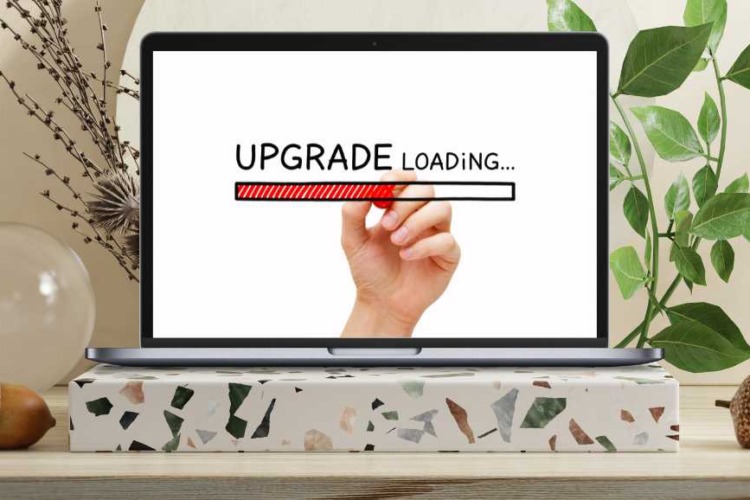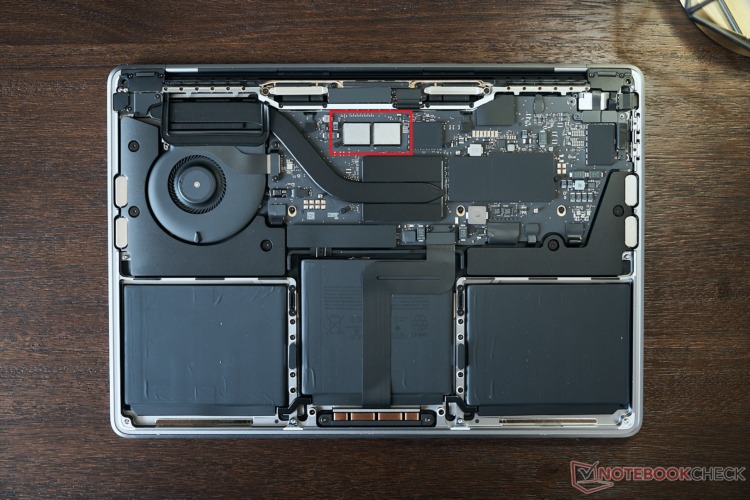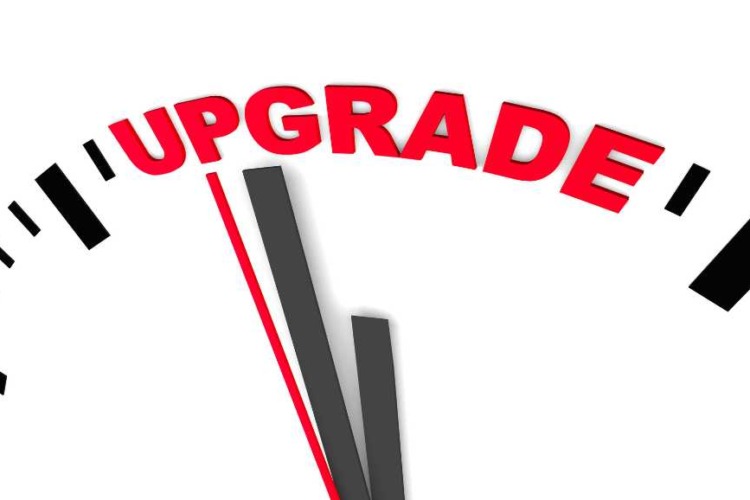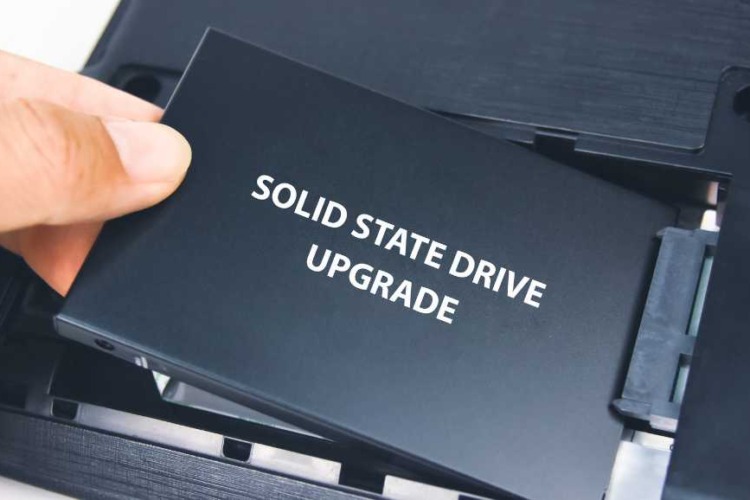
Can You Upgrade the Storage on Your MacBook Pro? An Ultimate Guide
In truth, a number of users are actually very much bothered by the issue of how to upgrade storage on their MacBook Pro, as the

In truth, a number of users are actually very much bothered by the issue of how to upgrade storage on their MacBook Pro, as the needs regarding digital storage increase. Be it more storage to save pictures, video, applications, or even work documents, it does affect one’s amount of storage, hence computing experience.
The MacBook Pro is the top-end line from Apple for laptops, characterized by cool and robust design features and usually possessing performance that leads the market. But, like all things technical, it isn’t flawless, especially in the area of storage capacity. This then raises the question: Is the storage upgradeable on the MacBook Pro?
This article will cover the subject of capabilities and limitations of upgrading storage for the MacBook Pro. The long-term use and usability of the machine become a rather important topic in planning.
Since then, many editions of the MacBook Pro have adorned the market with different storage technologies and the ability for upgrades. The original editions of the MacBook Pro had Hard Disk Drives (HDDs), which eventually were updated to Solid State Drives (SSDs), given the higher reliability and performance capacity. Apple’s switch to SSDs brought a huge speed and responsiveness benefit to the MacBook Pro, but it also ushered in a new set of storage upgrade challenges.
Over the years, Apple has shifted from easily replaceable storage options to more integrated solutions. But then, officially allowed even for the MacBook Pro model, chances of the user being impacted in this evolutionary change point to the fact of upgradeable storage. To understand the feasibility for your MacBook Pro upgrade in storage, it is important to know the kind of storage your model used and how the years transitioned with the Apple design philosophy. These steps considered in more detail now, looking through the possibility of storage upgrades by MacBook Pro model, which will comprise most of our discussion. This section casts light on the models and their up-gradable features perspective of what is possible.
When it comes to upgrading the storage of a MacBook Pro, the feasibility largely depends on the model you own.
Over time, this has changed the design and architecture of MacBook Pros, hence influencing the ease with which their components can be accessed and replaced. We will try to unpack the upgrade possibilities across the different MacBook Pro models next.
Overview:
Storage Type: These models originally came with Hard Disk Drives (HDDs) but also support Solid State Drives (SSDs).
Upgrade Difficulty: Easy. These models are user-friendly when it comes to upgrades.
Detailed Guide:
But for pre-2012 non-Retina MacBook Pro users, storage upgrades were possible. In both these models, they were able to give access. So pulling the HDD out and popping in a new, larger unit or even an SSD for a speed bump was easy enough. The bottom case will have to be removed, giving access to the hard drive bay in which the current drive can be swapped out with ease. Upgrading the storage on these models not only increases capacity but can also be a major performance improvement, especially if switching from an HDD to an SSD.
Overview:
Storage Type: These models use proprietary SSDs.
Upgrade Difficulty: Moderate. The process is more involved due to the proprietary nature of the SSDs.
Detailed Guide:
For owners of the Retina MacBook Pros from 2012 to 2015, upgrading the storage becomes a bit more complex.
They’re using proprietary SSDs that aren’t easy to replace with something off the shelf, like the old HDDs. However, third-party manufacturers have come up with compatible SSD upgrades designed specifically for these models.
The improvement process involves gingerly tearing the chassis of the MacBook Pro to gain access to the module of the SSD and make a replacement. This was more detailed than the previous 2012 models, but it is still possible for those who intend to do it to have more space for storage.
Overview:
Storage Type: Integrated SSDs.
Upgrade Difficulty: High. The SSDs in these models are soldered to the logic board, making them non-upgradable.
Detailed Guide:
The MacBook Pros from 2016 onwards are arguably the toughest nut for people looking to upgrade their storage.
In such models, SSDs are soldered to the logic board and can hardly be replaced without specific equipment and professionalism. Thus, proper storage capacity, probably according to most scenarios, was presumably chosen at the time of purchase.
As a result, users looking for additional storage must consider external or cloud-based solutions.

M2 MacBook Pro 13 SSD. Photo via notebookcheck
For MacBook Pro models that allow for storage upgrades, here’s a general guide on how to proceed. Note that while the process may vary slightly between models, the fundamental steps remain similar.
Before starting the upgrade process, you’ll need a few tools:
Precision screwdrivers.
A compatible SSD (for your specific MacBook Pro model).
An external enclosure for the old drive (optional).
Back Up Your Data: Ensure all your data is backed up using Time Machine or another known backup solution. This secures your data in case something unexpected happens during the upgrading process.
Gather Your Tools: Having the right tools at hand makes the process smoother and reduces the risk of damage.
Open Your MacBook Pro:
Use precision screwdrivers to remove all screws at the bottom case of your MacBook Pro.
Keep screws organized as they may come in different sizes.
Locate the drive bay or SSD module and remove the existing drive.
For hard disk drives, you may need to remove a bracket or additional screws.
For SSDs, gently release any retaining clip or screw.
Install New Drive:
Gently push the new drive into the slot or drive bay until snug.
Reinstall brackets or screws as necessary.
Reassemble the MacBook Pro:
Close your MacBook Pro by replacing the bottom case and screwing it back together after replacing the hard drive.
Restore Your Data:
Restore your system to the last backup after replacing the new drive.
You can restore from a fresh macOS installation, boot from the recovery partition, or a bootable USB drive, then migrate your data from another disk using Migration Assistant.
If upgrading your MacBook Pro’s internal storage isn’t an option, either due to model limitations or personal preference, there are still ways to expand your storage capacity.
External Storage Options
External hard drives or SSDs can provide a quick and easy way to expand your storage. These devices can connect via USB, Thunderbolt, or other interfaces, offering both portability and capacity. For those who prioritize speed, external SSDs connected via Thunderbolt 3 can offer performance close to internal drives, making them an excellent option for video editing or other intensive tasks.
Cloud Storage Solutions
Cloud storage is another viable option for expanding your MacBook Pro’s storage. Services like iCloud, Dropbox, Google Drive, and others can store large amounts of data online, accessible from anywhere with an internet connection. While cloud storage offers convenience and accessibility, it depends on a reliable internet connection and may incur monthly fees for significant storage space.
Before proceeding with a storage upgrade, there are a few considerations to keep in mind:
Upgrading your MacBook Pro’s storage may affect its warranty status. For models where upgrades are not user-serviceable, performing an upgrade could void your warranty. It’s essential to check Apple’s warranty policy or consult with an authorized service provider before proceeding.
Upgrading the storage on a MacBook Pro comes with certain risks, such as data loss or hardware damage. To mitigate these risks, ensure you have a complete backup of your data, use the proper tools, and follow a reputable guide or tutorial. If unsure, seeking professional help from a certified technician is advisable.
In conclusion, whether you can upgrade your MacBook Pro’s storage depends on your model and how comfortable you are with the process. For some, an upgrade will be a straightforward way to extend the life and functionality of their MacBook Pro. For others, external or cloud storage solutions may be the more viable route. Regardless of the path chosen, expanding your storage capacity is a practical step towards accommodating growing digital storage needs.

In truth, a number of users are actually very much bothered by the issue of how to upgrade storage on their MacBook Pro, as the

Do you have a trusty Lenovo laptop that’s been feeling a bit sluggish lately? You’re not alone. Over time, even the most reliable machines can

When it comes to enhancing laptop performance, a common question arises: should you upgrade RAM or SSD? This decision can significantly impact your laptop’s efficiency
|
*CLOSED ON 31 Mar 2025 (Monday) Hari Raya |